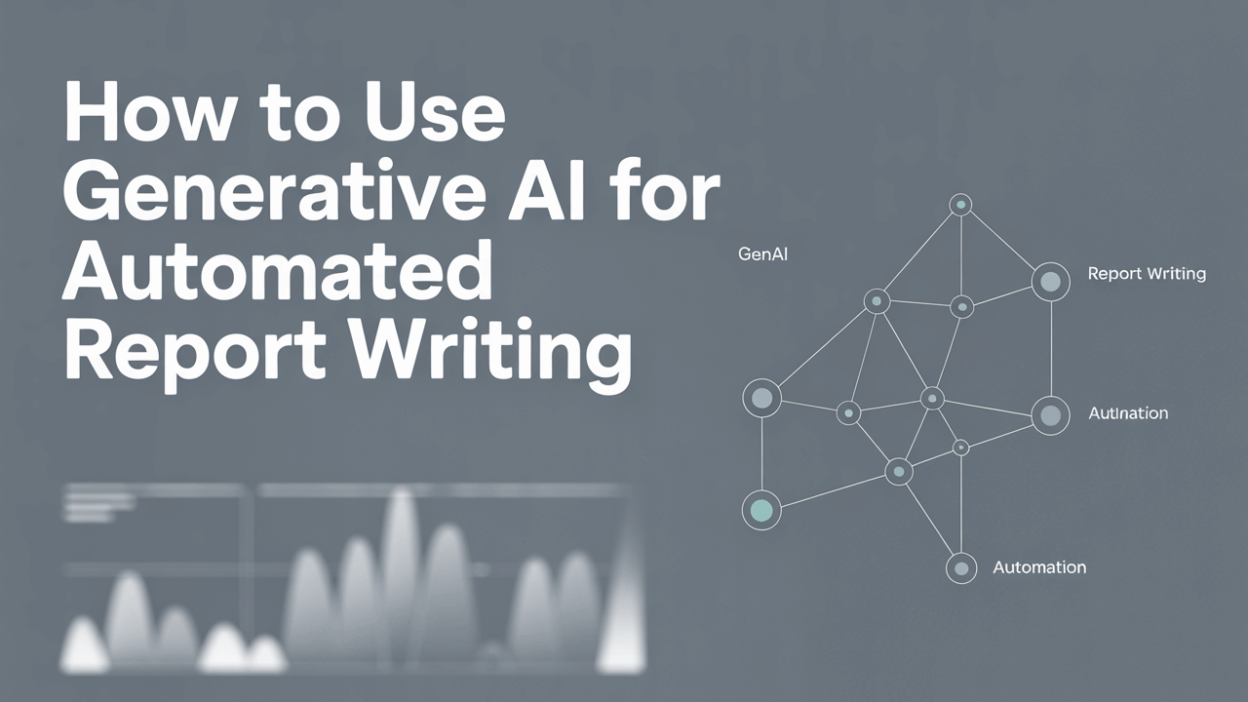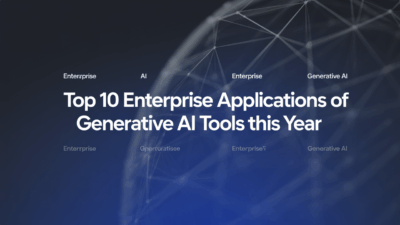In today’s fast-paced digital landscape, the integration of Generative AI (GenAI) into various workflows has revolutionized how we approach tasks like report writing. By harnessing the power of GenAI, organizations can automate the creation of reports, thereby enhancing efficiency and accuracy while reducing costs . In this blog post, we will explore how you can effectively utilize Generative AI for automated report writing.
Understanding Generative AI
Generative AI refers to artificial intelligence systems that can generate new content, such as text, images, or music, based on the data they have been trained on. These systems learn patterns from existing data and use that knowledge to create original content that mimics human-like creativity. This technology is particularly beneficial in fields that require repetitive content generation, such as report writing .
Benefits of Using GenAI for Report Writing
Before diving into the practical applications, it’s essential to understand the benefits that GenAI brings to report writing:
- Efficiency: Automating the report writing process significantly reduces the time required to produce documents.
- Accuracy: AI can minimize human errors, ensuring consistency and precision in reports.
- Cost Reduction: By automating routine tasks, businesses can allocate resources more effectively.
- Scalability: GenAI allows for the rapid production of reports, making it easier to handle large volumes of data .
Steps to Use Generative AI for Automated Report Writing
1. Define Your Objectives
Start by clearly defining what you want your reports to achieve. Determine the key metrics and insights you need to highlight. This clarity will guide the AI in generating relevant content tailored to your specific needs .
2. Choose the Right Tools
Selecting the appropriate tools is crucial for successful implementation. Various platforms offer GenAI capabilities tailored for report writing. For instance, some tools specialize in identifying keywords and generating full blog posts or reports based on your topic and target audience . Research and select a tool that aligns with your objectives and technical requirements.
3. Prepare Your Data
Ensure that your data is well-organized and accessible. Clean data is vital for training your AI model effectively. The better the quality of input data, the more accurate and insightful your reports will be .
4. Train the AI Model
Once your data is ready, train the AI model using historical reports and datasets. This step involves feeding the AI with examples of reports you wish to generate, allowing it to learn the structure, language, and style that best suits your organization .
5. Generate Reports
With the AI trained, you can now initiate the report generation process. Input your defined parameters and let the AI work its magic. You’ll find that the AI can quickly produce drafts that are not only comprehensive but also rich in insights .
6. Review and Refine
After the initial draft is generated, review the report for accuracy and relevance. While AI can streamline the writing process, human oversight is still essential to ensure the final output meets your standards. Make necessary adjustments and refine the content to enhance clarity and impact .
Conclusion
Integrating Generative AI into your report writing process can transform how you create and deliver information. By following these steps, you can leverage the power of GenAI to produce high-quality, insightful reports efficiently. As the technology continues to evolve, staying informed about advancements in AI will further empower your ability to innovate in report writing . Embrace the future of reporting with confidence and creativity!



